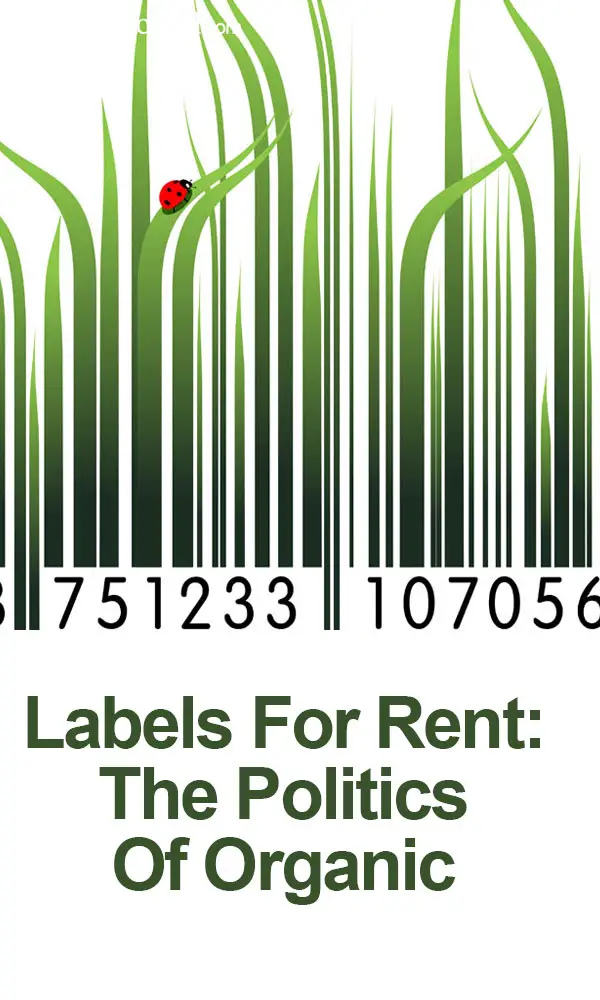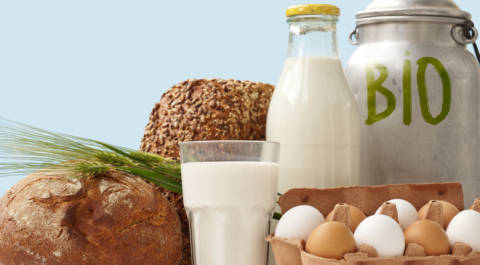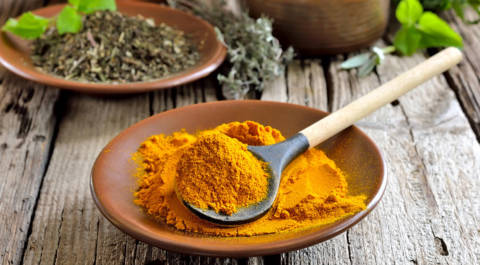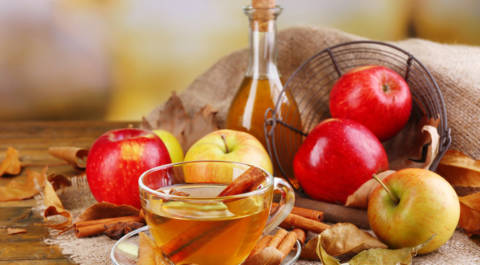
Without much surprise, “organic” faces powerful hurdles in the political world. The problem manifests itself in a phenomenon well known to both those in and out of Washington: government is slow to change; often it is a staunch supporter of the status quo it embodies; and finally, it can simultaneously be both riddled with corruption and rendered inept by the seemingly irreconcilable interests America attempts to pull together.
Like Organic Soul on Facebook
We mustn’t sound so defeatist, however. Though there is a veil draped over the agricultural world, organic being no exception, much of the controversy can be remedied with objective fact and good sense. Let’s take a peak, shall we?
Is that “Certified Organic”?
Starting in 2002, the U.S Department of Agriculture defined national standards for what constitutes “organic”. No food labeled as “USDA Organic” could be grown with synthetic chemicals, the use of fertilizers, or GMOs (genetically modified organisms).
However, with organic showing a 20 percent growth in an industry that only grows an average 1-2 percent, organic companies are being bought by large “agribusinesses”. While promoting organic is still commendable even on the corporate level, the problem is found in regards to lower standards
With the explosion of organic and the subsequent corporate ambush, executives in search of profit are seeking to lower the standards and rewrite the rules of what really justifies “organic”. According to Ronnie Cummins, national director of the Organic Consumers Association, “…We've attracted big players who want to bend the rules so that they can brand their products as organic without incurring the expenses involved in truly living up to organic standards.”
In effect, “organic” now is broken down into three categories: “100 Percent Organic”, which is completely organic with organic processing aids; “Organic”, which must be at least 95 percent organic and is limited in regulated non-organic ingredients; and “Made with Organic”, which must contain 70 percent or more of organic ingredients.
One final issue catching the coattail of USDA Organic is animal treatment. While the Organic Food Production Act of 1990 and National Organic Program require that meat and meat products must come from animals that are raised outside, the USDA has drawn a distinction with chickens. To the USDA, ruminant animals must be guaranteed continuous outdoor access. But chickens, on the other hand, can be confined.
Raw Milk
Raw milk is natural, unaltered milk usually from cows, goats, or sheep, but depending on where you are, it can mean camels or buffalo. Raw milk is also a major part of a raw food diet. Unlike pasteurized milk, which is heated to over 130 Fahrenheit, raw milk can never be brought above the animals’ normal temperature – about 101-105 Fahrenheit or 38 Celsius. It can also never be exposed to irradiation – the use of destructive light aka “cold pasteurization” – or homogenization – when milk-fat is subjected to high pressure and forces its fat cells to rupture.
Essentially, those in opposition to raw milk argue that it allows for the growth of disease-producing bacteria. Furthermore, critics argue that pasteurization results in a minor 10-30 percent reduction in heat sensitive vitamins (vitamin C and thiamine), which is irrelevant because milk is not a “significant source” of these nutrients.
Capturing the ear of Federal Judge Norma Holloway Johnson, in 1986 raw milk and raw milk products were banned from interstate sale and shipment. In recent years, however, vehement supporters of raw milk have begun to realign their bases and take an aggressive stance on raw milk law.
Many point to the argument that pasteurization also results in the destruction immunoglobulins and enzymes including lactases and lipases. According to pediatrician Paul M. Fleiss, M.D, “Raw milk contains lipase, free fatty acids, which when absorbed help the body utilize fat better. This is why some allergies might be due to pasteurized milk.”
Furthermore, proponents also make the argument that not a single clinical experiment proves that disease-carrying pathogens exist in raw milk and have had ill effects on humans. Similarly, raw foodists point to the fact that the same trace bacteria that can be found raw milk also makes its way into pasteurized milk regardless. To put the final nail into the coffin, with pasteurization, milk can contain bovine fecal matter and bovine disease. Pasteurization, essentially, has become a touchstone for “purity” and in effect has been diluted with motivation for profit margin rather than public health and safety.
The next step is usually in the direction of rBGH, which is pumped into agribusiness's cows, but not allowed in raw milk production. RBGH or Posilac forces the cow to produce more milk and increases the amount of IGF-1 in our bodies. While IGF-1 is an essential growth hormone, IGF-1 overproduction increases the likelihood of cancer by as much as four times the normal amount, according to one Harvard University study.
Pasteurization, like organic, seems to be another label that can have blurred lines.
Politics as Usual
What does this mean for us consumers? Well, politics is working like it normally does. The change will be slow, but hopefully in the right direction. The organic industry is growing at an enormous rate and it is demanding the attention that comes along with booming business. Similarly, raw milk is geared up and underway in its own fight against California lawmakers and agencies like the California Department of Food and Agriculture. You know what they say, “Politics is Power”.
For more info on labeling and what “USDA Organic” really means, check out GreenerChoices.com and their label identifier.
For more info on raw milk, check out the Organic Soul review on the Untold Story of Milk or WeWantOrganic’s updates on Politics and Industry.
















